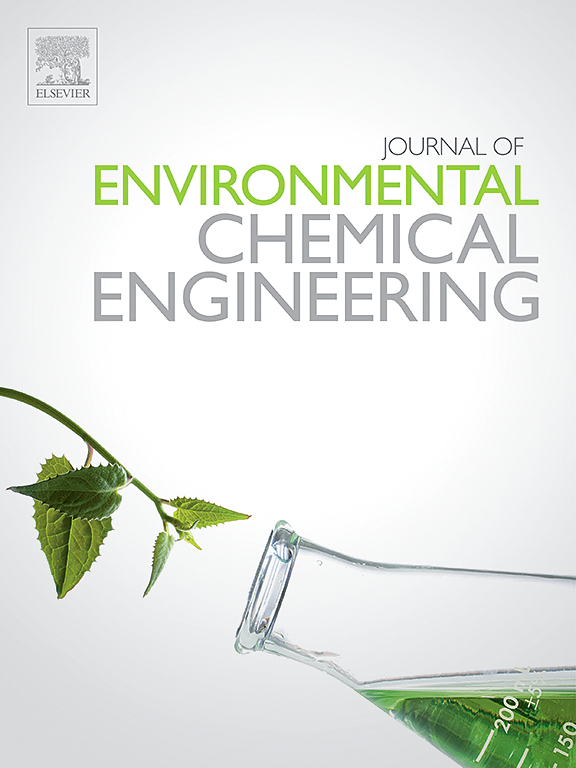Application of microfluidics for revealing physiological metabolic response of algae at the single-cell level
IF 7.4
2区 工程技术
Q1 ENGINEERING, CHEMICAL
引用次数: 0
Abstract
Dynamic monitoring and analysis of algal cell growth and physiological metabolism play a crucial role in the applications such as lipid synthesis for biofuels, water environment monitoring, and ecological restoration. Conventional algal cell-based assays mainly involve the analysis of the average responses of algal cell populations and thus disregard individual cell heterogeneity, which is crucial to understanding the peculiar function and fate of the cells. Moreover, conventional techniques are time-consuming and labor-intensive and have limited throughput. They also struggle with maintaining continuous nutrients and have hazardous waste flow. Microfluidics has emerged as an attractive alternative technique owing to its ability to process and analyze algal cells with high precision at the single-cell level. Using a bibliometric approach, this review summarizes the current application of microfluidic technology in the analysis of algal physiological metabolism at the single-cell level. Future efforts should focus on scaling up microfluidics from laboratory settings to cost-effective industrial applications. The biocompatible materials used for microfluidics need to be screened widely to determine their suitability for culturing various algal cells. In addition, automated and intelligent microfluidic platforms with real-time sampling and analysis of algae need to be developed to improve work efficiency and expand application. This review outlines the future opportunities and challenges associated with the use of microfluidic technology in advancing biofuel production, water environment monitoring, and water restoration.
求助全文
约1分钟内获得全文
求助全文
来源期刊

Journal of Environmental Chemical Engineering
Environmental Science-Pollution
CiteScore
11.40
自引率
6.50%
发文量
2017
审稿时长
27 days
期刊介绍:
The Journal of Environmental Chemical Engineering (JECE) serves as a platform for the dissemination of original and innovative research focusing on the advancement of environmentally-friendly, sustainable technologies. JECE emphasizes the transition towards a carbon-neutral circular economy and a self-sufficient bio-based economy. Topics covered include soil, water, wastewater, and air decontamination; pollution monitoring, prevention, and control; advanced analytics, sensors, impact and risk assessment methodologies in environmental chemical engineering; resource recovery (water, nutrients, materials, energy); industrial ecology; valorization of waste streams; waste management (including e-waste); climate-water-energy-food nexus; novel materials for environmental, chemical, and energy applications; sustainability and environmental safety; water digitalization, water data science, and machine learning; process integration and intensification; recent developments in green chemistry for synthesis, catalysis, and energy; and original research on contaminants of emerging concern, persistent chemicals, and priority substances, including microplastics, nanoplastics, nanomaterials, micropollutants, antimicrobial resistance genes, and emerging pathogens (viruses, bacteria, parasites) of environmental significance.
 求助内容:
求助内容: 应助结果提醒方式:
应助结果提醒方式:


